Flat Roof Definition
A flat or “low-slope” roof is defined as a roof that appears level but has a slight angle built into it to ensure proper water drainage in order to avoid leaks, mold, and structural damage. Flat roofs have lower installation costs than their steep-sloped counterparts, are easier to maintain, and typically afford additional space for equipment, storage, and recreation. That is why you see so many flat roofs on large commercial and industrial buildings. Over the long run, they are more cost-effective for building owners.
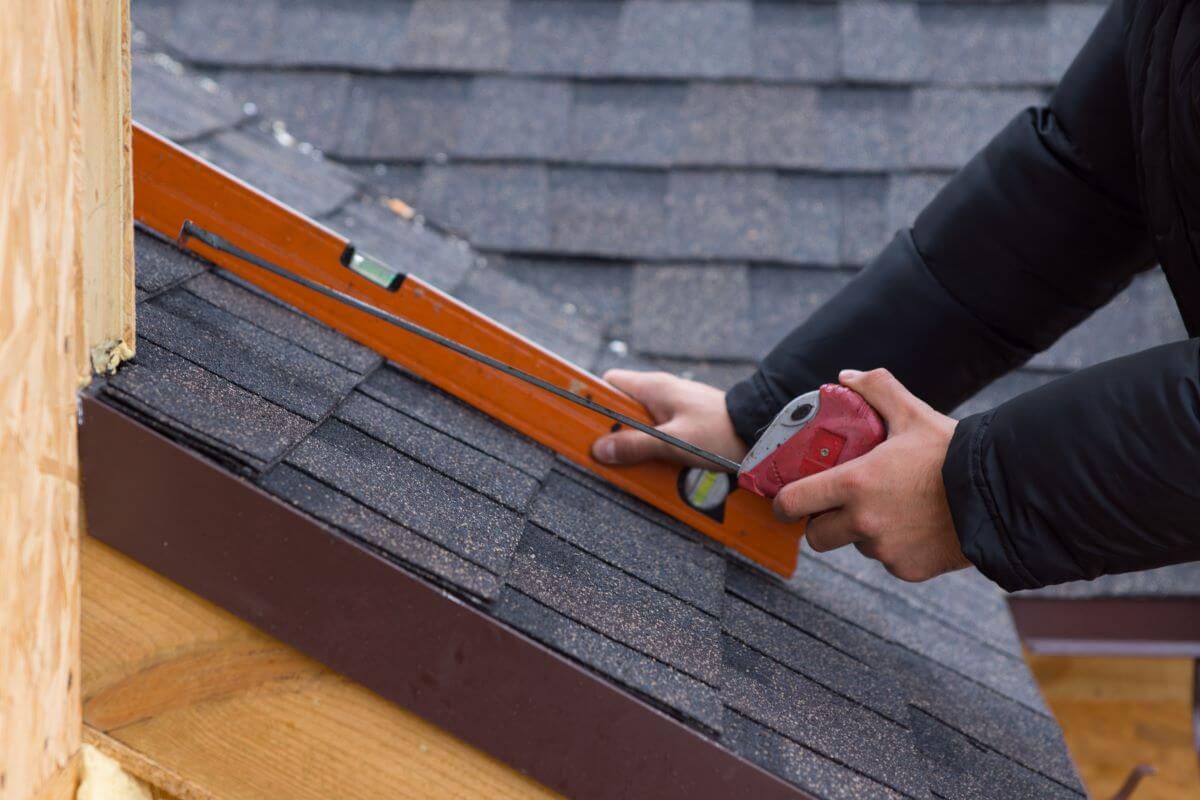
A pitched or steep-sloped roof, on the other hand, is what you see installed on most residential buildings. These roofs have an easily visible angle built into them. They are generally considered more aesthetically pleasing than flat roofs and are less likely to suffer from debris and water accumulation because of their steep pitch.
What is Slope?
Slope (C) is a measure of the roof’s rise over a set distance or run (B). For flat roofs, it is expressed as a ratio of the number of inches a roof rises (A) over every 12 inches of the roof run.
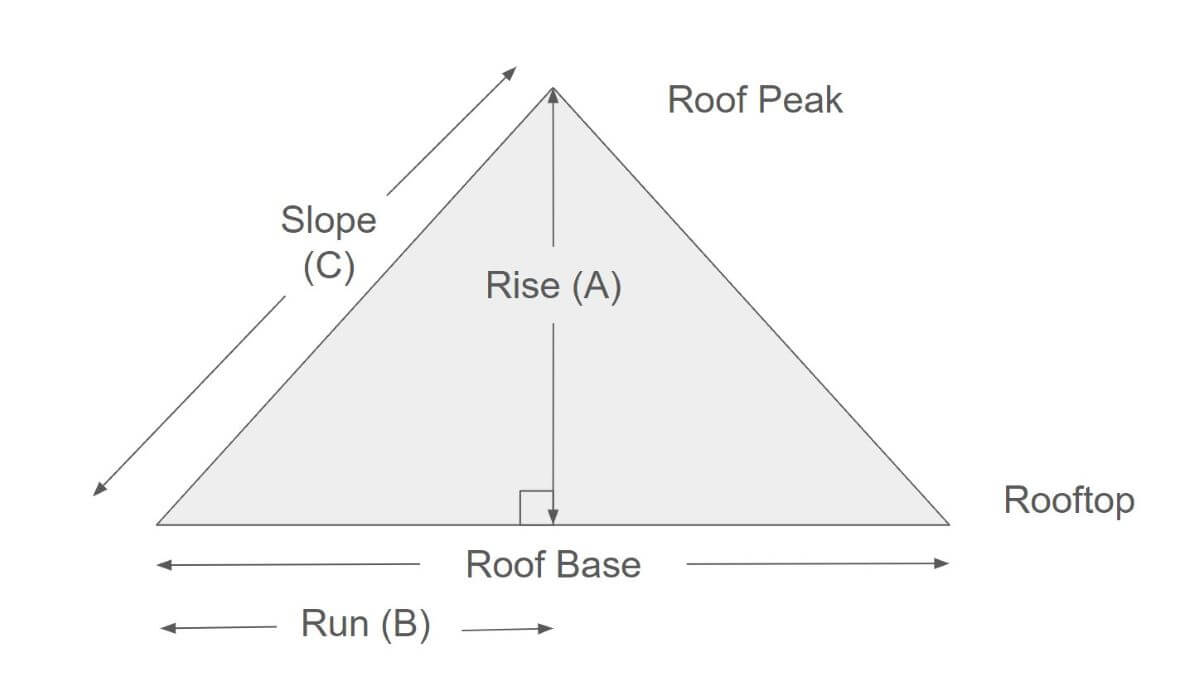
How To Identify a Flat Roof
So how do you know if you have a flat roof?
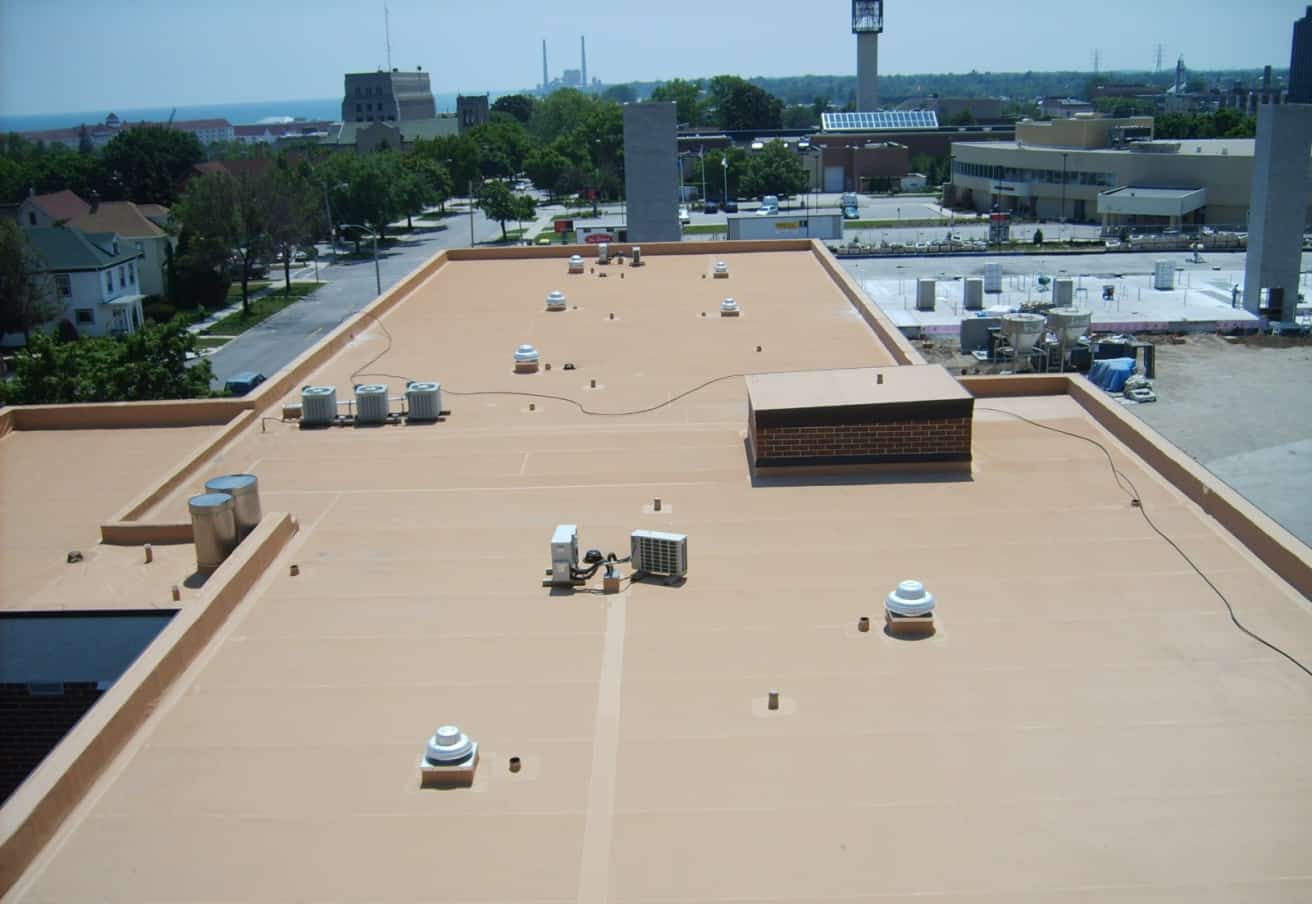
A flat roof is any roof with a slope of 2/12 or less. In other words, a roof that rises no more than 2 inches for every 12 inches of horizontal run.
Most commercial flat-roofed buildings have a slope of 0.25/12 whereas a modern-day home might have a slope of 1/12 or 2/12.
Example Slope Calculation
Let’s calculate the slope of a commercial flat roof to demonstrate how you can tell whether you have a sloped or flat roof.
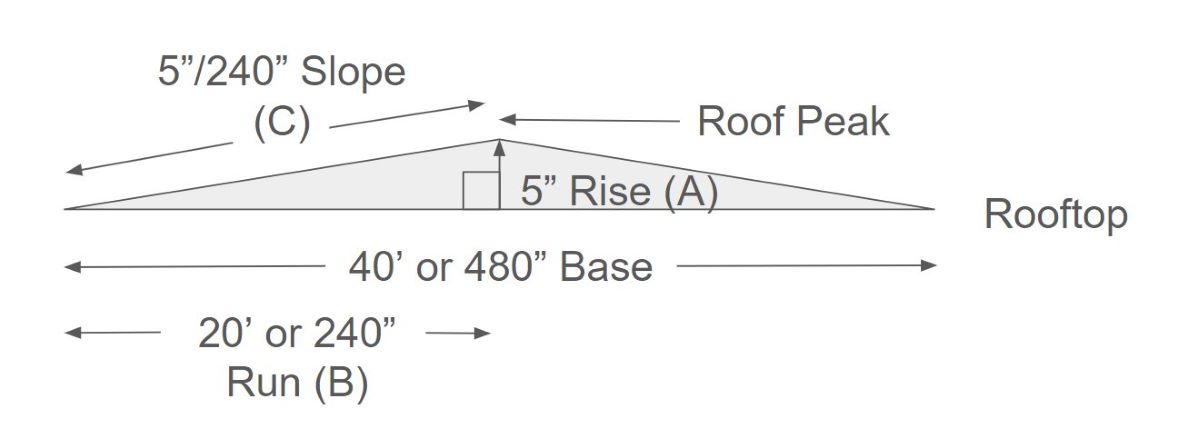
In this example, the roof is 5 inches tall at its highest point and 48’ wide at its rooftop or base.
1. Measure the roof’s rise (A). The roof rise is a measure of the distance from a right-angle intersection of the rooftop to the highest point of the roof or roof peak.
A = 5 inches
2. Using the same unit of measurement as in step 1, measure the roof’s run (B). The roof run is the distance from that same 90-degree intersection to the rooftop’s outer edge.
B = 24 feet or 240 inches
3. Divide the roof rise (A) by the roof run (B) to determine slope (C).
C = 5 / 240 or 0.0208
4. Multiply the slope (C) by 12 to convert the fraction into inch units (D).
0.0208 * 12 = 0.25 inches
5. Express the roof’s slope as a fraction (e.g. “D/12”) or an expression ”the roof rises D inches for every 12 inches of horizontal run”.
“0.25/12” or ”the roof rises 0.25 inches for every 12 inches of horizontal run”.
So this would be an example of a commercial flat roof because 0.25/12 is less than 2/12.
Summary
To figure out whether you have a flat roof, first measure and then calculate its slope. Compare your roof’s slope to the ratios above to determine whether it fits into the range for a typical flat or sloped roof.
If you have any questions or concerns, feel free to let us know in the comment field below.

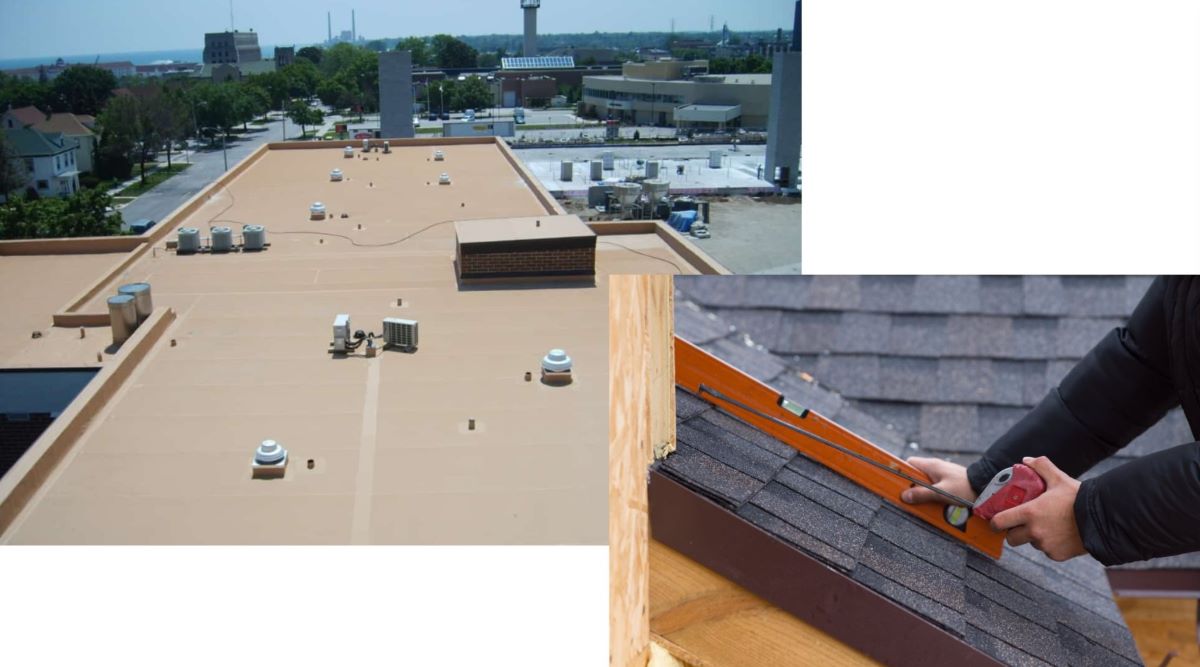
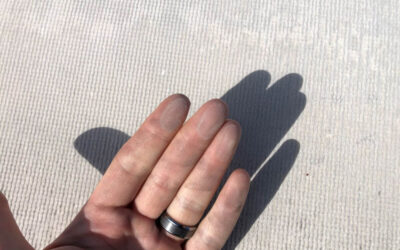
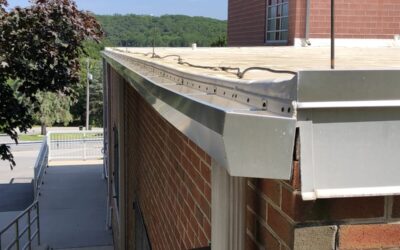





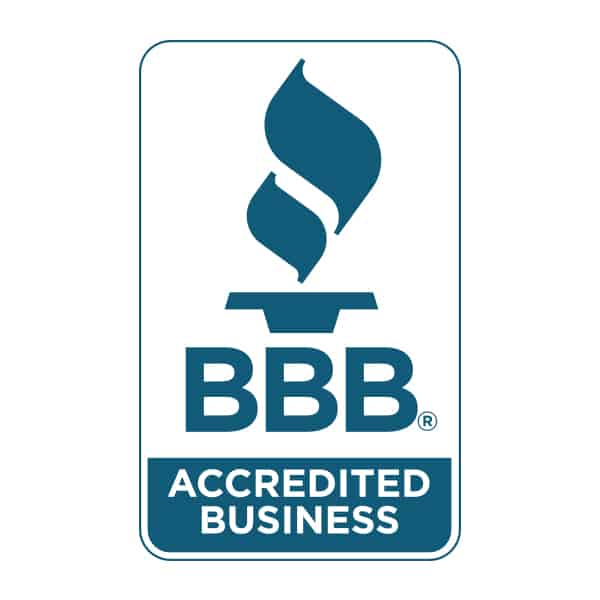

0 Comments